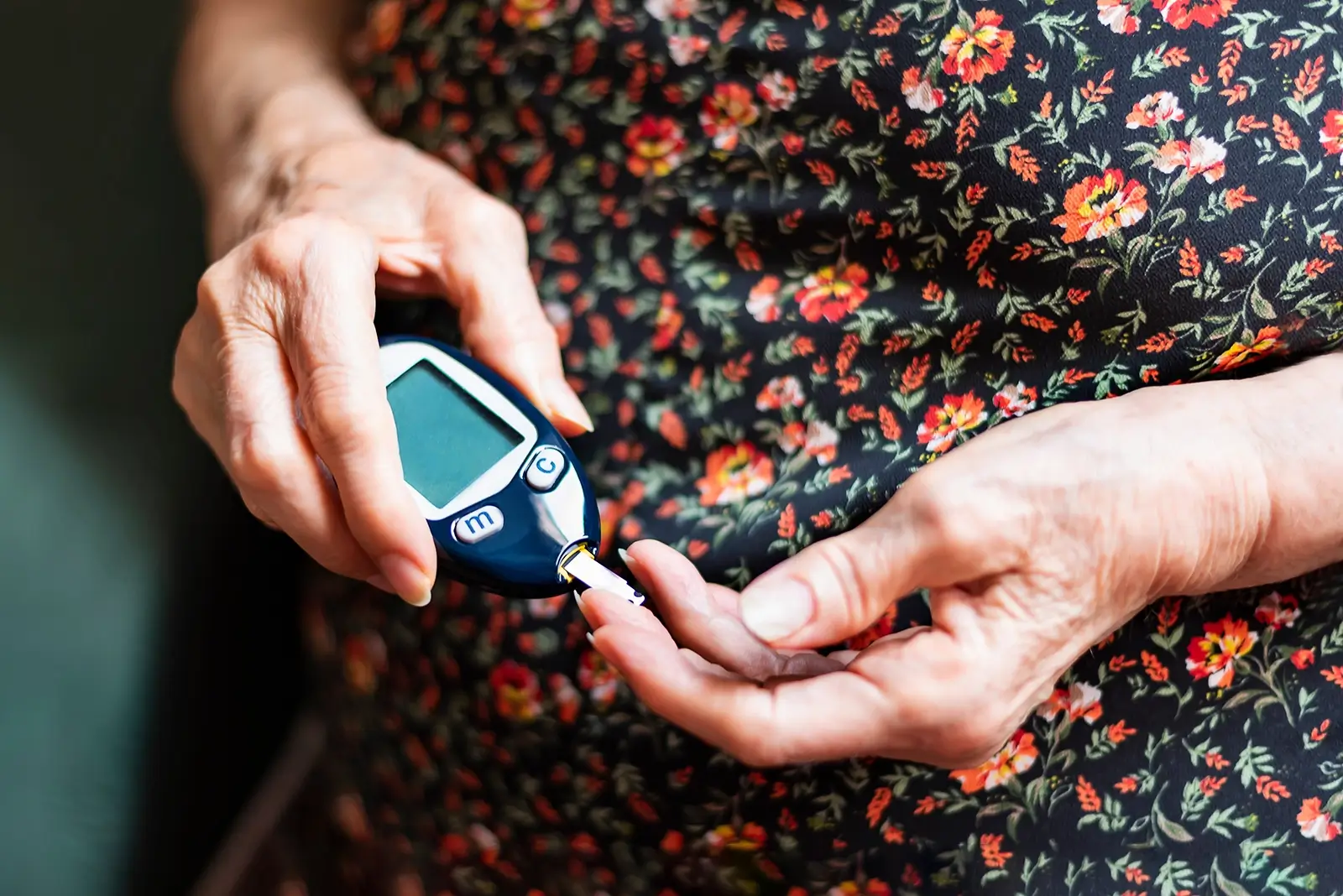Importance of patient perspectives in neurology clinical trials
Incorporating patient perspectives through interviews in neurology clinical trials
Incorporating the patient voice in drug development has become an important facet for pharmaceutical companies to consider from a regulatory standpoint. The U.S. Food and Drug Administration (FDA) has provided guidance on when, how and why to incorporate patient perspectives throughout the drug development cycle. Gathering information on what outcomes are most important to patients and how to measure them is the core focus of the FDA’s Patient-Focused Drug Development guidance series.
In neurology, clinical studies aim to improve how patients feel or function and these endpoints are best measured with clinical outcome assessments (COAs). COAs include patient-reported outcomes (PROs), observer-reported outcomes (ObsROs), clinician-reported outcomes (ClinROs) and performance outcome (PerfO) assessments. All are considered by regulatory bodies as acceptable endpoint measures when the level of validation is sufficient to support its use in a specific context of use.
Timing interviews to optimize benefits gained
Patient interviews represent one approach to incorporating the patient voice in drug development. These interviews are typically open-ended and semi-structured, providing a rich source of patient experience data. Data from these interviews can be used to support the use of a specific COA as study endpoint measure and enhance study design via patient feedback about their experience during a study.
Determining when to incorporate patient interviews in a drug development program depends on factors such as the disease or condition, stage of development, study design and the level of validation of any COAs measuring study endpoints. An experienced consultant at Fortrea can advise how to develop an optimal strategy to incorporate patient interviews into your development program either as a standalone patient interview study or embedded within a clinical study.
Standalone interviews can start a program in the right direction
Sponsors can conduct interviews with patients with a disease or condition to understand their experience living with the condition and which aspects of the condition are most bothersome to them. Standalone interviews can also be used to determine if an existing COA is suitable for inclusion as an endpoint measure or if a new COA needs to be developed. Gathering these data early in development can help mitigate some of the regulatory risk associated with using COAs to support regulatory approval and lay the groundwork for a robust evidence package down the road.
- Example: A sponsor wished to gain insight into patients’ experiences with overlapping symptoms of a neurological disorder prior to the initiation of a clinical study to determine how best to measure these symptoms. The qualitative data from standalone interviews helped identify the PRO measures best suited for inclusion as endpoint measures in the clinical study.
Exit interviews are beneficial, whether early or late in drug development
Exit interviews included in early phase clinical trials generate data from patients about their experience during the study, including barriers to participation and burdens associated with participation as well as feedback on study COAs (e.g., how well the content relates to living with their condition, and how they interpret questionnaire items and response options). This information can help refine study design and endpoint measurement strategy for later clinical studies.
Exit interviews included in late phase clinical trials generate data about the magnitude and meaningfulness of any changes from the patient perspective and can aid in the interpretation of COA results in the study.
- Example: A sponsor investigating a treatment for a neurodegenerative condition wanted feedback from patients regarding their clinical trial experience to help refine the design of future clinical studies. Exit interviews provided a rich data source regarding effective recruitment strategies and, burdens associated with study participation as well as the patient experience living with their condition. These data were used to refine the design of later stage clinical studies to speed recruitment, enhance patient retention and the selection of COAs to measure patient-centered endpoints.
Embedded interviews (entry/exit)
Inclusion of entry and exit interviews in a study generates longitudinal qualitative data regarding the patient experience with their condition before and during the trial, including if these changes made a meaningful difference in their lives. This design overcomes the challenges with retrospective reports of the experience before the start of the trial.
- Example: A sponsor investigating a treatment with a novel mechanism of action for a neurodegenerative condition wanted to understand the personality of the treatment in early development. Embedded interviews were included in an early phase trial to understand the most challenging aspects of their condition, any changes experienced during the study and any unexpected benefits. Results from these interviews were used to inform both the selection of endpoints and patient-centered endpoint measures in later stage studies.
Promoting patient-focused drug development in neurology
At Fortrea, we believe that patients are partners in drug development and their voices should be elevated at every stage. The patient voice is important to advancing drug development in neurology, and the inclusion of interviews—either standalone or within clinical studies—helps ensure the selection of patient-centered endpoints and COAs that are best suited to measure these endpoints and enhance clinical study design and execution.
Sponsors can benefit from partnering with Fortrea’s team of experienced COA researchers. As your partner, we can assist in the selection of endpoint COAs and provide strategic advice for generating qualitative evidence via standalone or embedded interviews to incorporate the patient voice into your development program.
Contributors
- Chelsea Carlson, Senior Research Associate, Patient-Centered Endpoints, Fortrea
- Kristina Davis, Director, Patient-Centered Endpoints, Fortrea
References
- U.S. FDA. FDA Patient-Focused Drug Development Guidance Series for Enhancing the Incorporation of the Patient’s Voice in Medical Product Development and Regulatory Decision Making. Feb 2024. https://www.fda.gov/drugs/development-approval-process-drugs/fda-patient-focused-drug-development-guidance-series-enhancing-incorporation-patients-voice-medical Accessed June 3, 2024, FDA-NIH Biomarker Working Group.
- National Institutes of Health (US), Bethesda (MD). BEST (Biomarkers, EndpointS, and other Tools) Resource [Internet]. Silver Spring (MD): Food and Drug Administration (US); 2016. https://www.ncbi.nlm.nih.gov/books/NBK326791/ Accessed June 7, 2024
Related insights













